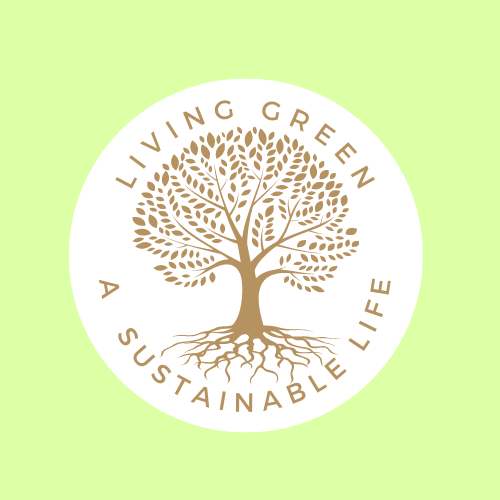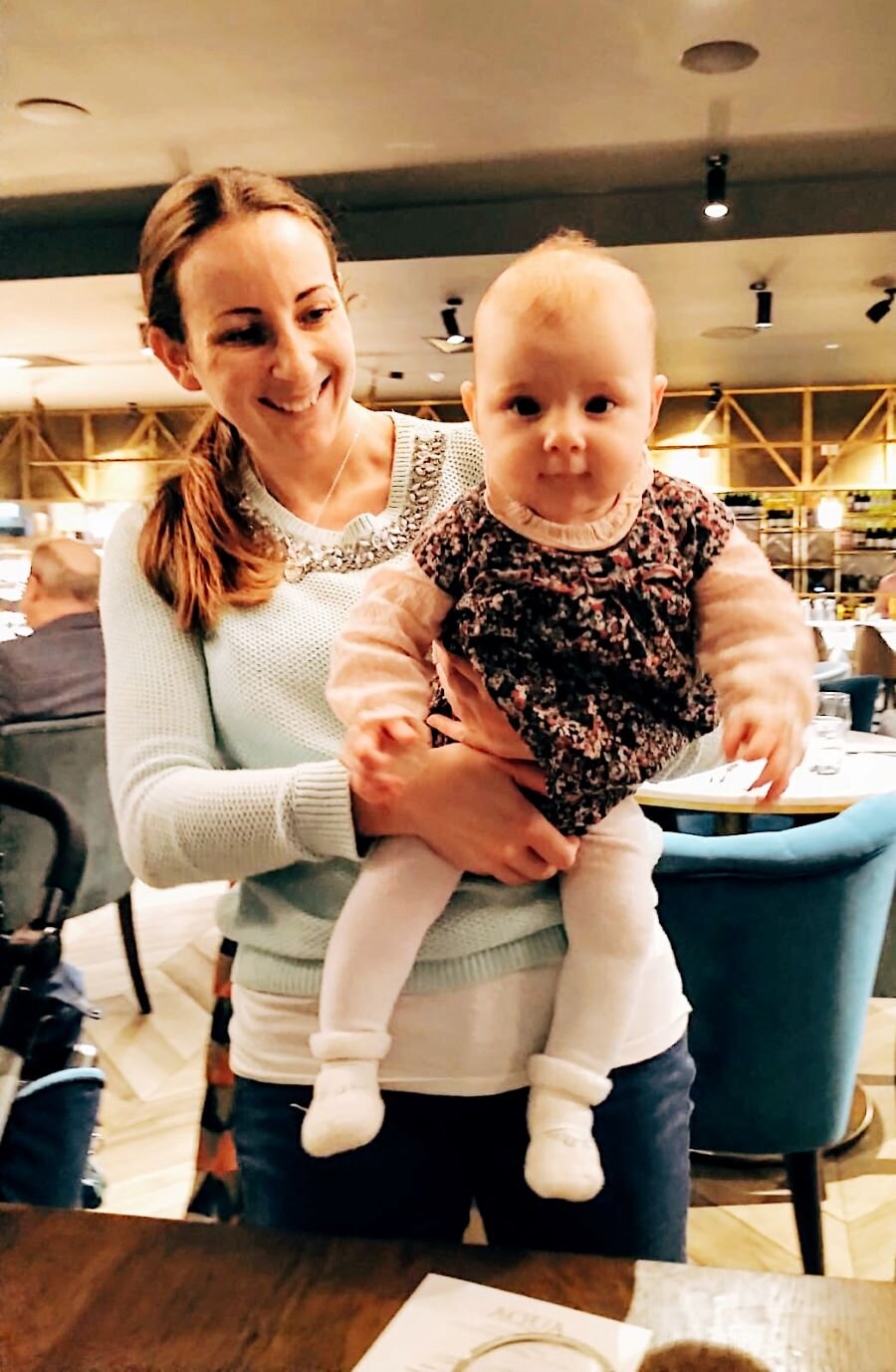How Much Extra Work Are Cloth Nappies?
The first thing most people ask me when talking about cloth nappies is “are they a lot of work”? I totally get this. As parents with young child the work load and the wash loads seem never ending. Once upon a time cloth nappies were a serious amount of work. My mother in law talks about the days of boiling nappies every evening on the stove. No wonder they potty trained their babies so much younger.
When disposables nappies came along and became mainstream they were marketed to us as the “easy option” which lets face it they were but of course come at a cost. A cost to our pockets and the environment. Thanks to modern washing machines cloth nappies are now a real “doable” option for so many with, I believe, so many benefits.
But back to the question, even in modern times are cloth nappies much more work for parents?
Using cloth nappies will add around 2-3 loads of washing to your weekly routine. However, thanks to modern nappy designs and modern washing machines this is not hard work adding only 10 minutes here and there to hang up and prepare your nappies.
How much extra washing will cloth nappies make me?
Depending on the age of your child you will need to wash you nappies 2-3 times a week. A newborn will go through nappies quickly so may need to wash more often.
You can add in other small item such as baby grows and muslins to bulk out a nappy wash and keep other washing loads down.
This will also depending on how many nappies you have in your stash. Many like to have extra nappies in their stash so they do not need to worry about drying times or doing more washes a week. This will of course depend on your budget and how many nappies you want to buy.
To wash less often it is a good idea to have a variety of nappies with differing drying times. Materials such as bamboo and hemp are extremely absorbent but therefore take a lot longer to dry. You may think this will help with how often you have to change your child’s nappy but this is not really the case. The NHS website recommended changing every 2 hours for a newborn and 3-4 hours for an older child no matter what nappy they are wearing.
Microfiber and cotton material or pre-folds, terries and muslins all dry quicker. Having a mixture of all material works well as these will reliably dry and stop you from running out of nappies on a rainy day cold day when things take hours to dry.
Are cloth nappies hard work to dry?
Cloth nappies are no harder work to dry than your normal washing. Bare in mind that not all cloth nappies can be tumble dried. Depending on your space this may be a factor in what materials you buy.
Read: "How to Dry Cloth Nappies Quickly Inside."
You can tumble dry cotton or mirco-fiber inserts but should avoid using heat on your bamboo (radiators included) as it can cause the material to bald. If really necessary tumble dry on a low heat. However it is important to never tumble dry anything with PUL (the waterproof layer on your nappies) as it will damage it.
I always recommend line drying especially as it is better for the environment and I think better for you nappies too. If you can get them out in the sun even better. They will come in white than white.
Will cloth nappies cost me money to launder?
Including water and electricity, it will cost an average of £1.50 a week to wash cloth nappies, not including tumble drying if you use one.
Considering the average cost of disposable nappies is £30 a month to families, £6 a month on any extra electric is unlikely to be noticed. Yes you will spend more on cloth nappies initially but the overall cost saving points are undeniable.
Read: “The Cost of Reusable vs Cloth Nappies.”
“How Much Does it Cost to Wash Cloth Nappies.”
Are pooey cloth nappies more work to clean?
For a newborn with runny poo’s you can simple add your dirty nappy to the bucket with other wet nappies. When baby is weaned you will need to remove the poo into the toilet but this should be no more work than other nappies.
At the weaning stage babies poo’s can be thicker more paste like which can be more work to remove. It might be worth using disposable nappy liners for this stage if your tummy isn’t the strongest. However I found using reusable fleece liners just as easy. Simply hold the liner in the toilet flush to get most of the poo off before putting it in the nappy bucket.
Once baby is older and fully on solid food the poo removal becomes much easier. I simple shake and plop does the trick.
Did you know that your not suppose to put poo in the bin anyway? It actually says it on many disposable nappy packets. So while every parent I’ve ever met does this (including myself when I’ve needed to use disposables) and parents that use disposable liners in their cloth nappies are likely to put it in the bin too it’s actually not the right thing to do as human waste will turn toxic when in landfill.
So technically removing the poo from cloth nappies is no more work than the way you should be removing the poo from a disposable.
Read: “Dealing with the Poo. Cloth Nappies for Beginners.”
Is preparing and stuffing cloth nappies a long chore?
Cloth nappies will take you slightly more time than disposables as you do need to do an extra few washes a week, hang them up and fold them ready for use. But it is much like cooking from scratch over ready made. Many of us see it as worth it.
I remember reading an article about the Environment Agencies report on cloth nappies, commenting on the “unpaid labour” usually put on women of cloth nappies. I mean I could talk all day about my anger on this comment. For starters we do not wear disposable underwear so we do not have the unpaid labour of washing our smalls. Or see cooking pasta sauce from scratch as unpaid labour instead telling the world we should all buy a Dolmio jar. Sure a jar is easy, but I personally prefer the taste of a tin of chopped tomatoes, garlic and a few herbs. This is more often cooked by my partner Mat. Though everyone claps him on the back for cooking (the patriarchy is not dead) no one has called it unpaid labour.
It is up to you weather you “prep” your nappies ready to use. You could of course just have them in a pile, stuffing a nappy quickly as baby is on the changing table. This only takes a few seconds but I know most cloth parents like the stuff and fold their nappies ready in one go. This will take you 10 minutes or so, but can be done in front of the telly with a glass of wine. In fact 90% of cloth parents will tell you it is therapeutic and their favourite part of using cloth nappies. Strange I know but true. There’s something about having a freshly folded pile of nappies ready to go. All put away and lined up with pretty patterns. It give routine and calm to what is more often than not a chaotic life with kids.
Have I convinced you that by choosing to use cloth nappies you won’t be chained to the washing machine or scrubbing poo off for days? It simply just takes getting used to something in your weekly routine. Like most things with a baby let’s be honest.
Other articles you might enjoy…
Creating a Sustainable Maternity Wardrobe.
Packing Your Baby Hospital Baby. A Minimalist Checklist.



